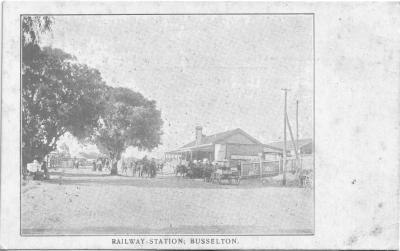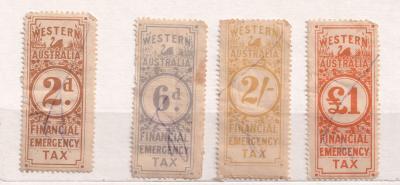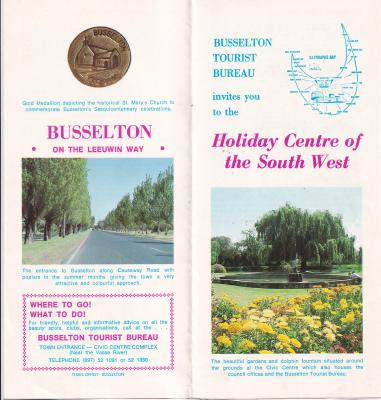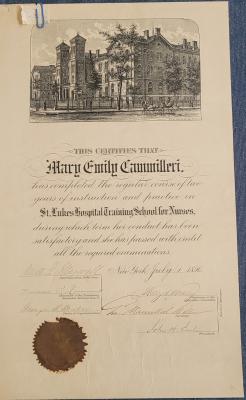"Stainer" Violin
c. 190019/20th century copy of "Jacobus Steiner" Violin with case. The violin (also known as a fiddle) is the smallest and highest pitched stringed instrument in common use. It has an hour glass shaped body made of varnished wood. 4 gut strings attached at the peg box run down an ebony fingerboard, over the wooden bridge to the anchoring tailpiece.
Jacob Stainer (c. 1618–1683) was born and died in Absam, Austria and was the earliest and probably best-known Austrian luthier. His violins were sought after by famous 17th / 18th-century musicians and composers including Johann Sebastian Bach and Wolfgang Amadeus Mozart. His designs influenced instrument construction in Europe.
Details
Details
Engraved in the wooden back of the violin
Stainer
Whilst the back of this violin, just below the neck, has "Stainer" stamped in the wood, seemingly attributing it to Jacobus Stainer who was a famous 17th century violin maker, it is more likely this violin was made in the late 19th century to early 20th century. It became fairly common practice to attribute violins to famous early makers but the fact that this violin attributes to be a “Stainer” does not even guarantee that the violin is a faithful copy of a previous form used by Stainer (which would involve measuring plate thicknesses, proportions, etc.). One theory is that instruments like this were mass produced and that the "Stainer" distinction is to indicate the model rather than who made it.
One notable feature about the "Stainer" stamp is that it is straight rather than curved to match the curve of the violin and this style of stamp does match the stamping on an identified Stainer copy which was probably made in Germany in the early 1900s,
The most commonly used wood species for violin manufacture are spruce, willow, maple, ebony and rosewood. In general, maple is used for back plate, rib, neck and scroll, while spruce is an ideal wood for the front plate of a violin.
Other items from Busselton Historical Society
- Postcard - Railway Station, Busselton
- Autoharp / Chorded Zither
- Busselton Brass Band - Bass Drum
- Western Australia Duty & Tax Stamps Collection
- Tourism Brochures - Busselton
- Souvenir Ribbon - Busselton Bypass 2000
- Certificates - Mary Cammilleri Wood
- Monarch Button Accordion
- Music Lyre
- Postcard - Queen Street, Busselton
- Zither Tuning Key
- Ludwig & Ludwig Jingle Cymbal
Scan this QR code to open this page on your phone ->








